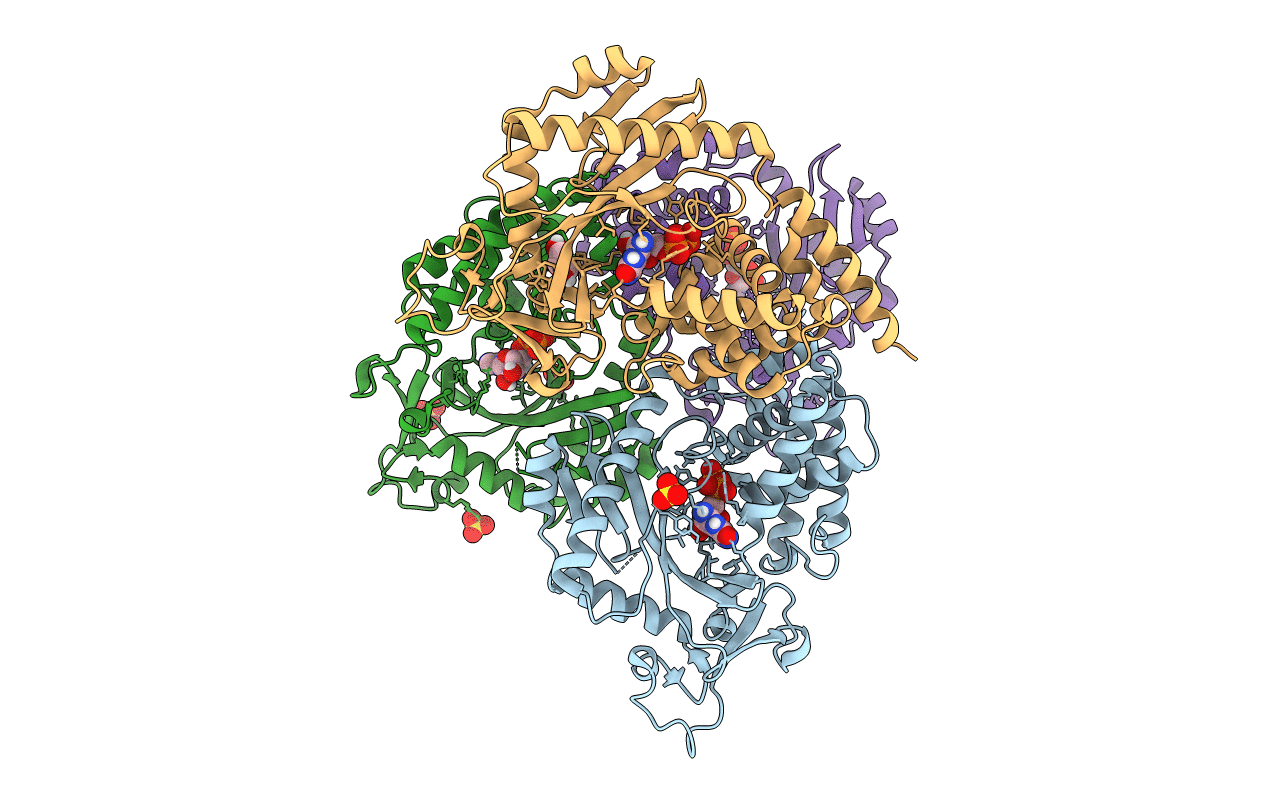
Deposition Date
2013-12-09
Release Date
2013-12-25
Last Version Date
2024-02-28
Method Details:
Experimental Method:
Resolution:
2.30 Å
R-Value Free:
0.23
R-Value Work:
0.19
Space Group:
P 1


